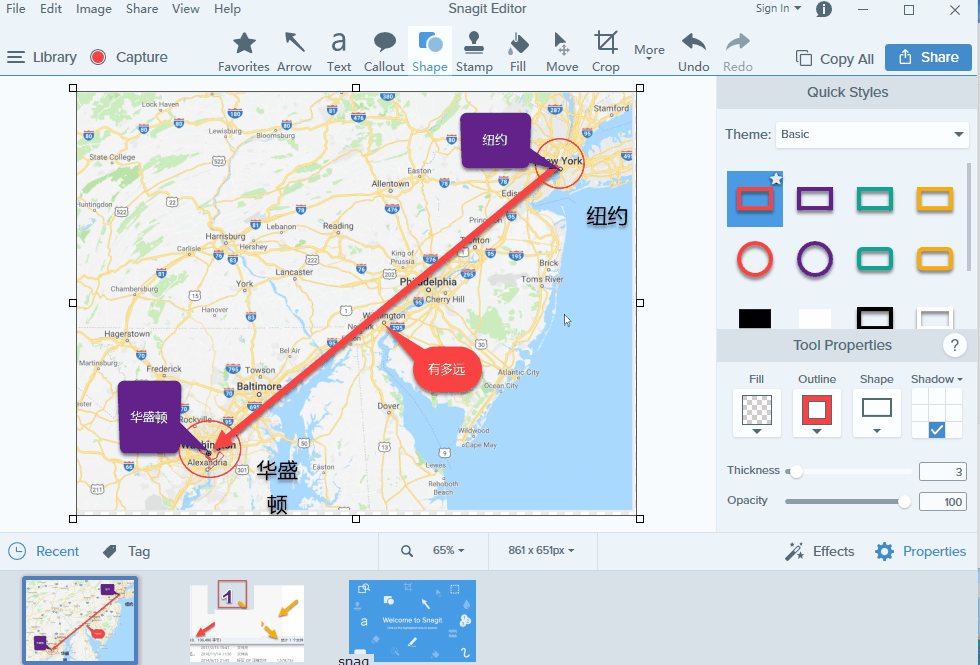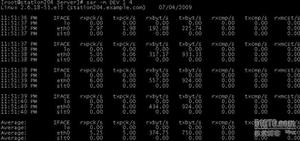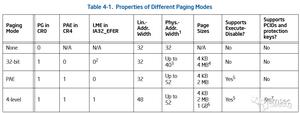通过Linux FrameBuffer将像素绘制到屏幕上
最近,我对一个奇怪的想法感到震惊,他想从/ dev / urandom中获取输入,将相关字符转换为随机整数,然后使用这些整数作为像素rgb /
xy值来绘制到屏幕上。
我已经做过一些研究(在StackOverflow和其他地方),许多建议您可以直接直接写入/ dev /
fb0,因为它是设备的文件表示形式。不幸的是,这似乎没有产生任何视觉上明显的结果。
我找到了一个来自QT教程(不再可用)的示例C程序,该程序使用mmap写入缓冲区。该程序成功运行,但是再次没有输出到屏幕。有趣的是,当我将笔记本电脑放入Suspend并随后恢复时,我看到了瞬间的图像闪烁(红色方块),该图像早些时候已写入帧缓冲区。在Linux中写帧缓冲区是否可以继续工作以绘画到屏幕上?理想情况下,我想编写一个(ba)sh脚本,但是使用C或类似脚本也可以。谢谢!
编辑:这是示例程序…兽医看似熟悉。
#include <stdlib.h>#include <unistd.h>
#include <stdio.h>
#include <fcntl.h>
#include <linux/fb.h>
#include <sys/mman.h>
#include <sys/ioctl.h>
int main()
{
int fbfd = 0;
struct fb_var_screeninfo vinfo;
struct fb_fix_screeninfo finfo;
long int screensize = 0;
char *fbp = 0;
int x = 0, y = 0;
long int location = 0;
// Open the file for reading and writing
fbfd = open("/dev/fb0", O_RDWR);
if (fbfd == -1) {
perror("Error: cannot open framebuffer device");
exit(1);
}
printf("The framebuffer device was opened successfully.\n");
// Get fixed screen information
if (ioctl(fbfd, FBIOGET_FSCREENINFO, &finfo) == -1) {
perror("Error reading fixed information");
exit(2);
}
// Get variable screen information
if (ioctl(fbfd, FBIOGET_VSCREENINFO, &vinfo) == -1) {
perror("Error reading variable information");
exit(3);
}
printf("%dx%d, %dbpp\n", vinfo.xres, vinfo.yres, vinfo.bits_per_pixel);
// Figure out the size of the screen in bytes
screensize = vinfo.xres * vinfo.yres * vinfo.bits_per_pixel / 8;
// Map the device to memory
fbp = (char *)mmap(0, screensize, PROT_READ | PROT_WRITE, MAP_SHARED, fbfd, 0);
if ((int)fbp == -1) {
perror("Error: failed to map framebuffer device to memory");
exit(4);
}
printf("The framebuffer device was mapped to memory successfully.\n");
x = 100; y = 100; // Where we are going to put the pixel
// Figure out where in memory to put the pixel
for (y = 100; y < 300; y++)
for (x = 100; x < 300; x++) {
location = (x+vinfo.xoffset) * (vinfo.bits_per_pixel/8) +
(y+vinfo.yoffset) * finfo.line_length;
if (vinfo.bits_per_pixel == 32) {
*(fbp + location) = 100; // Some blue
*(fbp + location + 1) = 15+(x-100)/2; // A little green
*(fbp + location + 2) = 200-(y-100)/5; // A lot of red
*(fbp + location + 3) = 0; // No transparency
//location += 4;
} else { //assume 16bpp
int b = 10;
int g = (x-100)/6; // A little green
int r = 31-(y-100)/16; // A lot of red
unsigned short int t = r<<11 | g << 5 | b;
*((unsigned short int*)(fbp + location)) = t;
}
}
munmap(fbp, screensize);
close(fbfd);
return 0;
}
回答:
如果您正在运行X11,则必须通过X11
API才能绘制到屏幕上。在X服务器周围四处乱转(并且,如您所见,通常是行不通的)。它也可能导致崩溃,或者只是一般的显示器损坏。
如果您希望能够在任何地方(控制台和X下)运行,请查看SDL或GGI。如果只关心X11,则可以使用GTK,QT甚至Xlib。有很多很多选择…
以上是 通过Linux FrameBuffer将像素绘制到屏幕上 的全部内容, 来源链接: utcz.com/qa/432619.html





